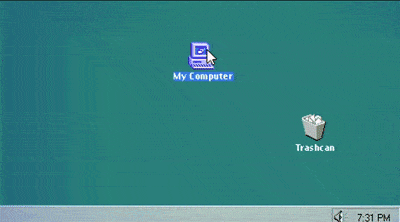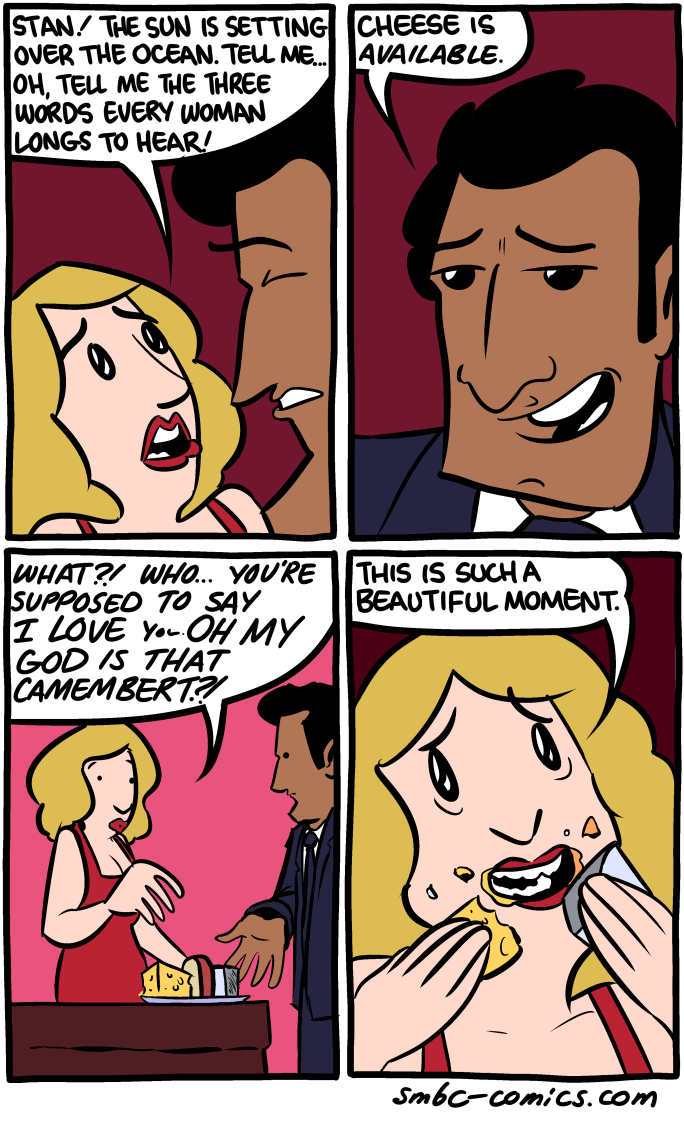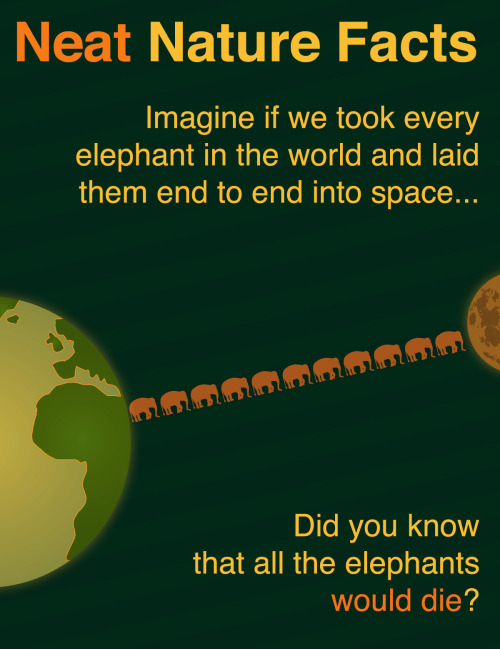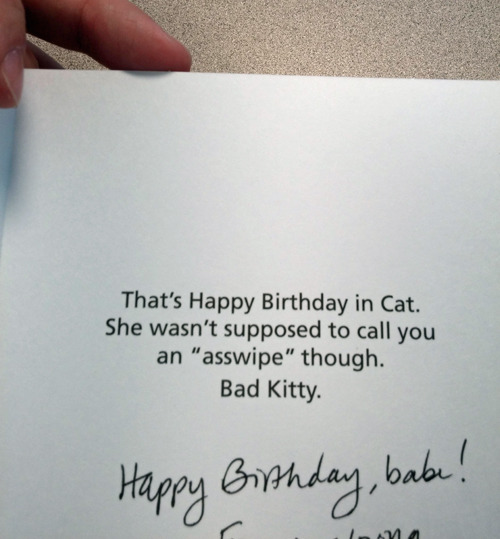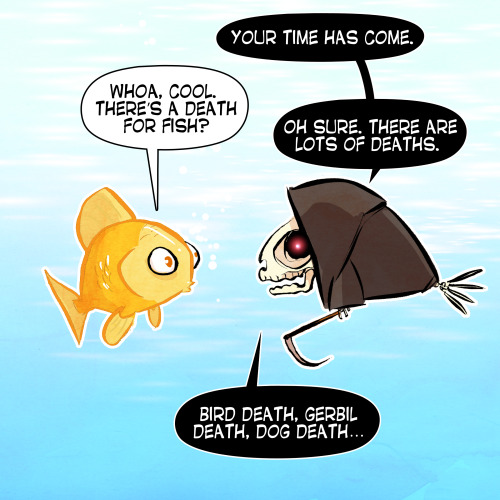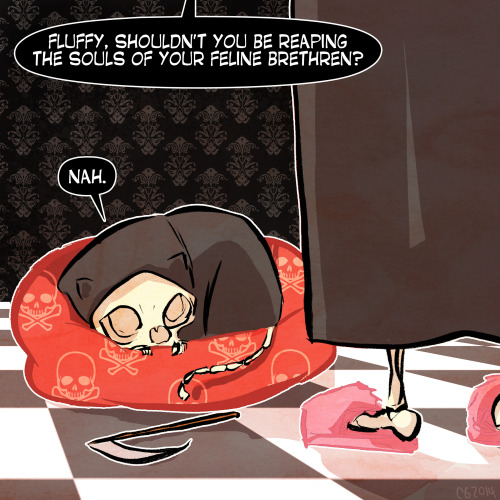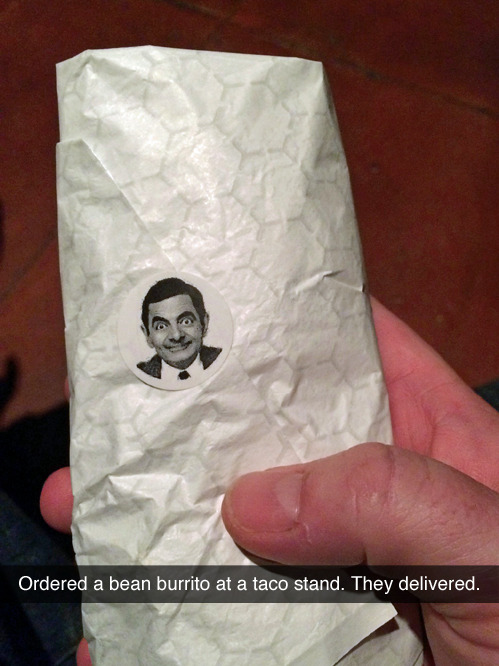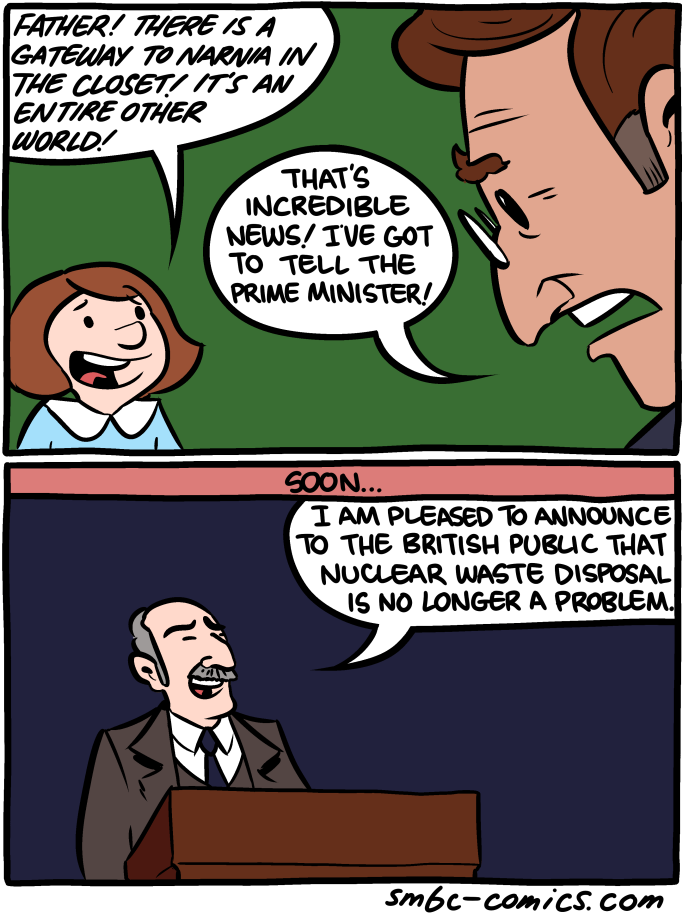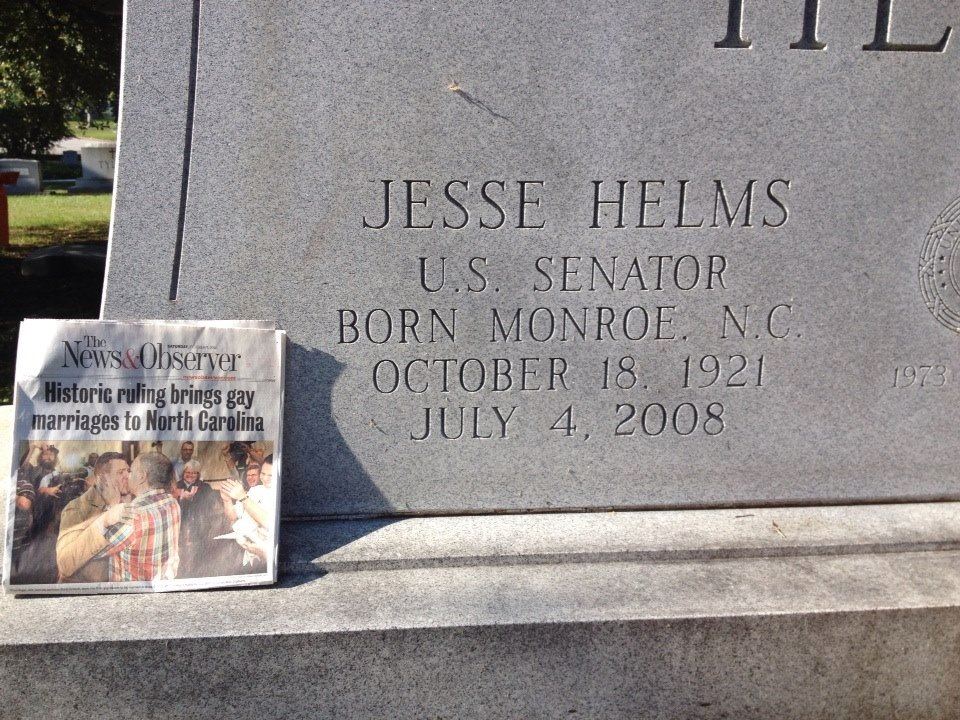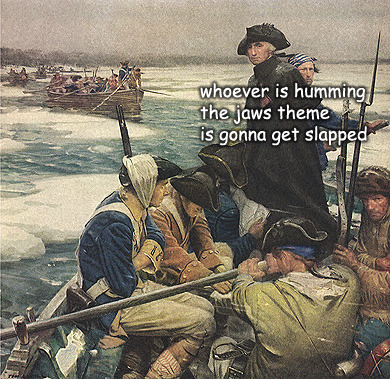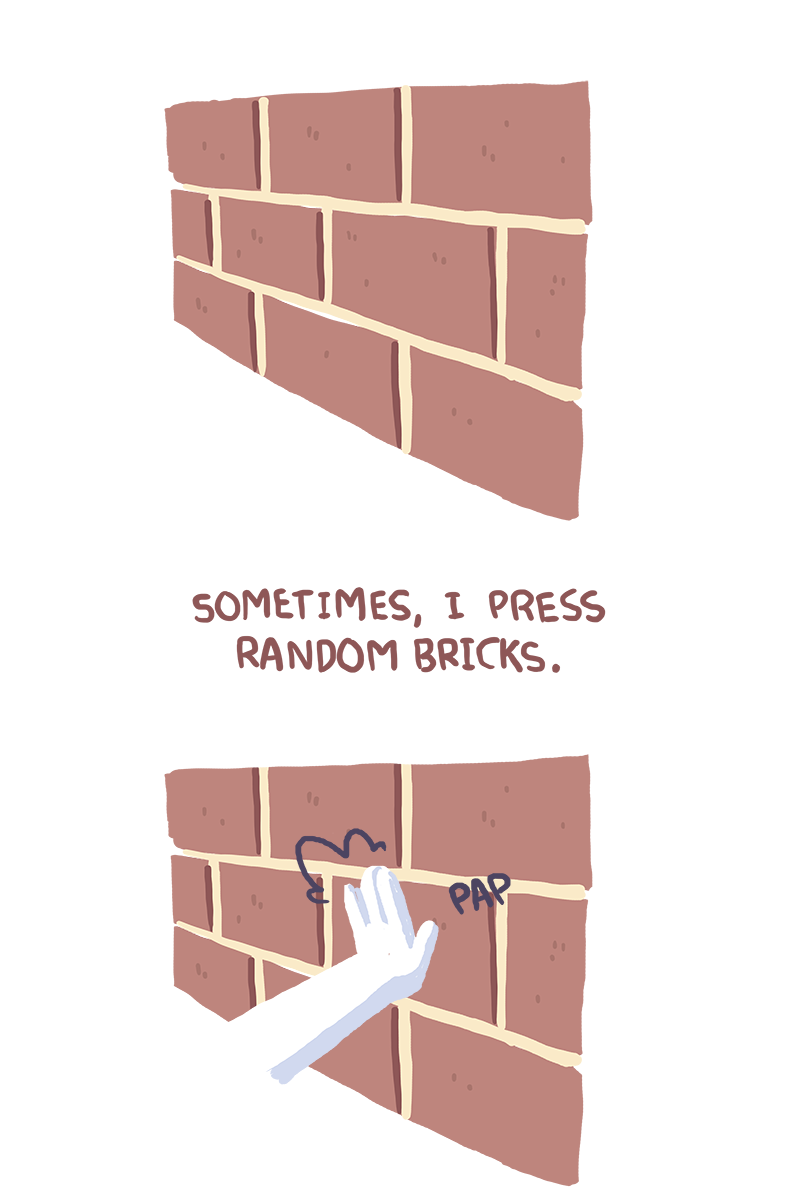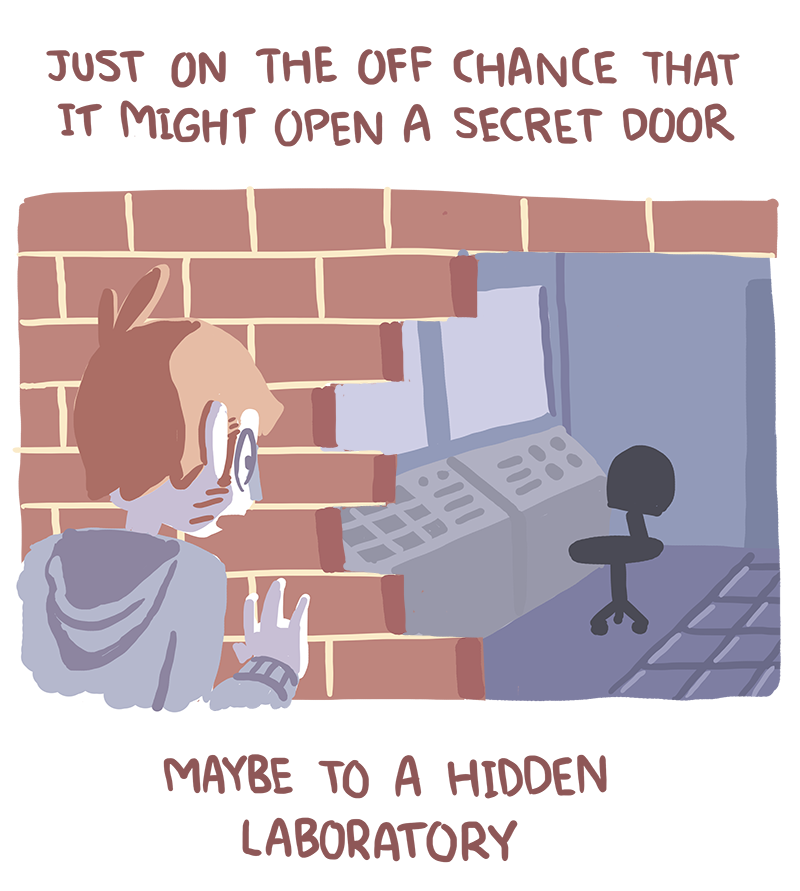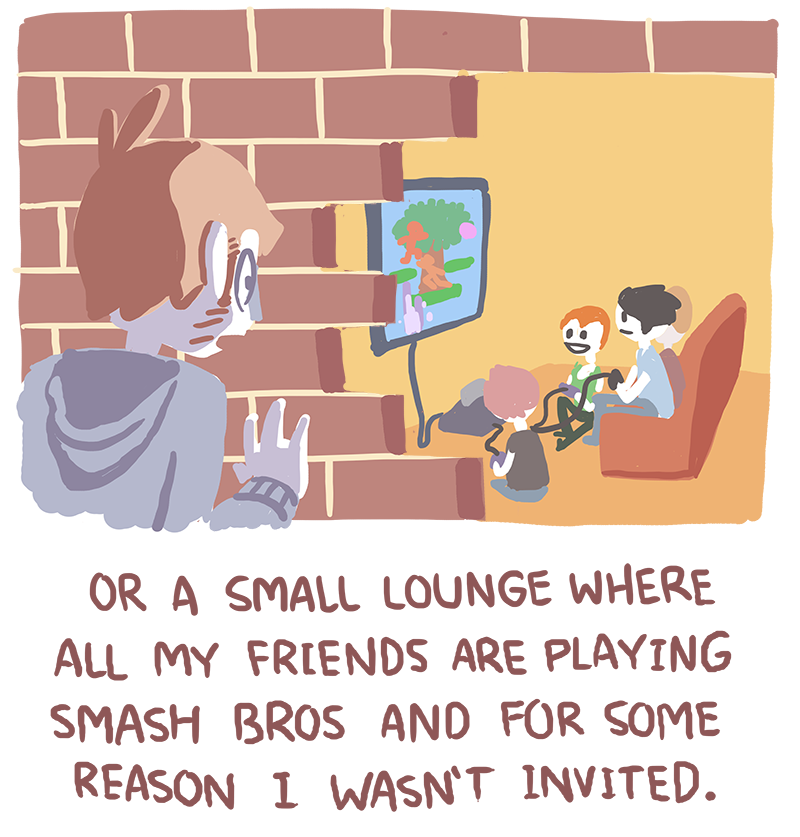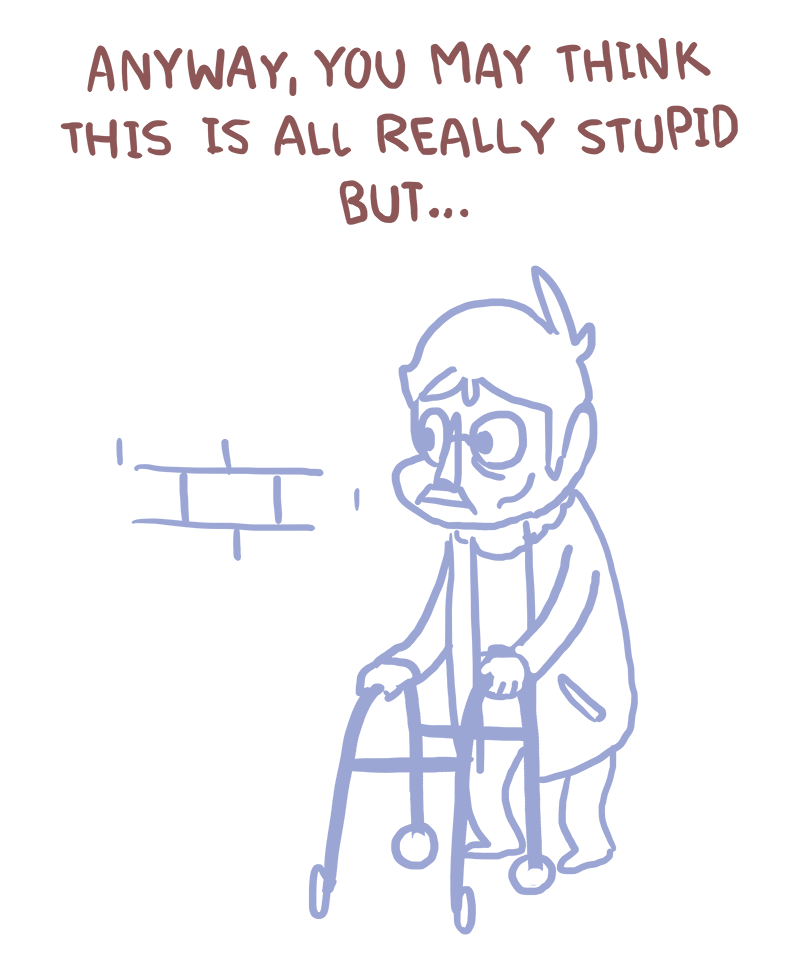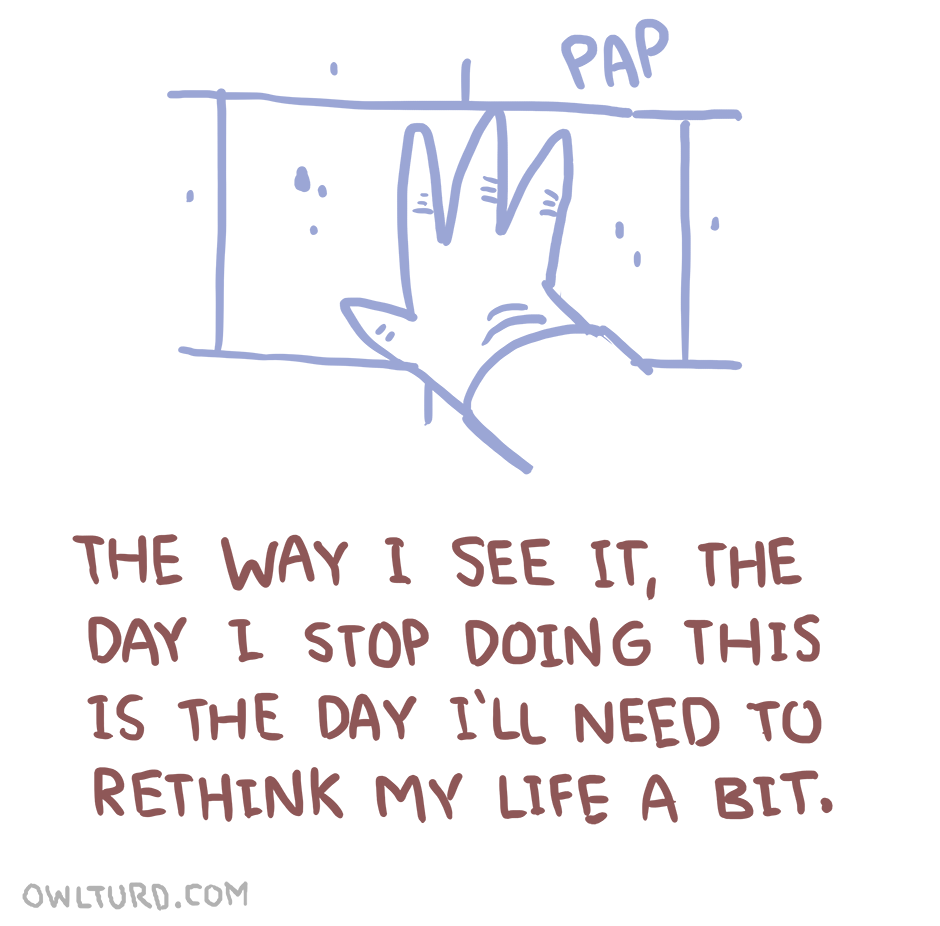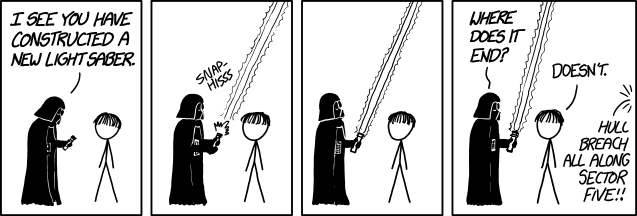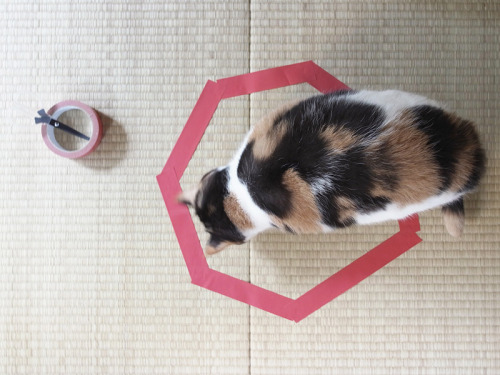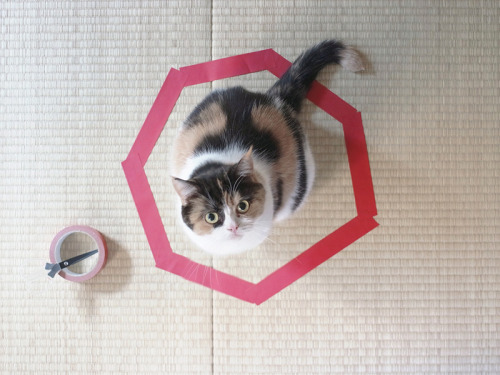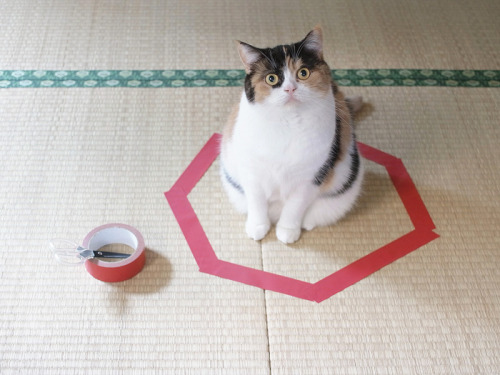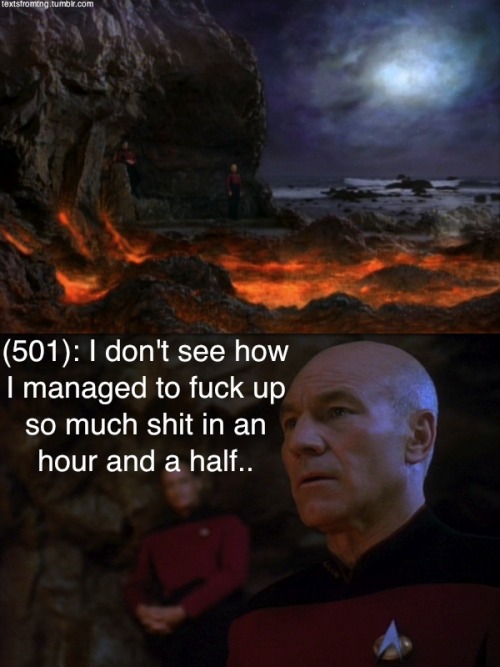I know squat about surfing, but I do know it has been getting more popular along the Oregon Coast over the last couple decades, and I've noticed that it's often on the south sides of major headlands. A woman I know- though I can't remember who- was dating a man who came to this spot, south of Devils Punchbowl, frequently. I'm guessing here, but my suspicion is that longshore drift, which is often north to south along the coast, moves sand away from the headland, deepening the water and allowing larger waves to get closer to shore before breaking. The headland may also serve as a wind break- the winds were powerfully gusty, but generally from the north on this day. I almost lost my cap a few times. I imagine such gusts would not be appreciated when one is trying to balance on water.
Photo unmodified. July 15, 2014. FlashEarth Location.
Miscellaneous thoughts on politics, people, math, science and other cool (if sometimes frustrating) stuff from somewhere near my favorite coffee shop.
Saturday, October 25, 2014
Geo 730: October 24, Day 662: Faulty Tower
In the Devils Punchbowl area, the Astoria Formation is shot through with numerous, nearly vertical faults with small offsets- generally, just a couple inches. They're not obvious at the above photo scale, but more so in the full-size image. For a fracture to be declared a fault (as opposed to a joint), one must be able to show there was offset parallel to the plane of the fracture. Even in the full-size photo, many of the cracks in this view are questionable as faults, but it's much easier to see the small offsets when you can get your face up against the outcrop. Obviously, though, that's not going to happen here.
Photo unmodified. July 15, 2014. FlashEarth Location.
Photo unmodified. July 15, 2014. FlashEarth Location.
Thursday, October 23, 2014
Geo 730: October 23, Day 661: Craggy Headland
A bit farther south on the path from the Punchbowl proper, we had some lovely views of the seaside cliffs. Spots like this are glorious in heavy winter storms. However, even though the wind was gusting wildly on this day, the lack of a sustained direction meant there was not much in the way of heavy surf. Though as we'll see in a few days, there was enough in the way of swells to provide entertainment for a fair number of people.
Photo unmodified. July 15, 2014. FlashEarth Location.
Photo unmodified. July 15, 2014. FlashEarth Location.
Wednesday, October 22, 2014
Geo 730: October 22, Day 660: Punchbowl Strata
All three major components of the stratigraphy at Devils Punchbowl are visible here: the Astoria Formation forms the bedrock of the punchbowl itself. Contemporaneous Columbia River Basalt forms Otter Rock, offshore, as well as the headland on the far right horizon. Finally, flat-lying, probably Pleistocene, terrace sands have created the eroding bluff along the right and bottom edges. The role of plant cover in assisting the latter unit maintain some degree of coherence is evident in the grassy slabs slowly sliding down the slope toward the maw of the punchbowl in the right middle. Where the sands are exposed, they erode quickly. However, the lush vegetation (naturally, not grass, but salal, ferns, and other low shrubs) is very effective at protecting it except along the edges of the eroding coastal cliffs.
Photo unmodified. July 15, 2014. FlashEarth Location.
Photo unmodified. July 15, 2014. FlashEarth Location.
Tuesday, October 21, 2014
Geo 730: October 21, Day 659: Full Punchbowl
I've mentioned Devils Punchbowl quite a number of times, but shown a photo of it only once before in this series. That one was at a low-ish tide, though clearly not unusually low. At negative tides, the interior is easily accessible on foot, and it looks as if in that photo, there's water in the right portal, where one would enter. But here we see it at high-ish tide, and in relatively calm conditions. Even calm, you wouldn't want to get stuck in here; the water is extremely cold. I don't clearly recall the weather on this day, but it was cool and quite gusty. I know I didn't enjoy being exposed to the wind, and I had to hold my cap down frequently. It would not be fun, in fact, quite hazardous, to get soaked in this water, then if you made it to shore safely, trying to trudge out in the chilly breeze. Hypothermia is a serious concern year-round on the Pacific Northwest coast.
The grass in the foreground is growing on marine terrace deposits, but those are not visible in the photo. The rock is Astoria Formation. The red on the far wall is from lichen, not the natural rock color.
Photo unmodified. July 15, 2014. FlashEarth Location.
The grass in the foreground is growing on marine terrace deposits, but those are not visible in the photo. The rock is Astoria Formation. The red on the far wall is from lichen, not the natural rock color.
Photo unmodified. July 15, 2014. FlashEarth Location.
Monday, October 20, 2014
Geo 730: October 20, Day 658: Looking Back
This is the view from Devils Punchbowl, looking back north to the site of yesterday's photo, Otter Crest. That headland and the next one beyond are composed of Columbia River Basalt. The yellow to gray tilted beds in the middle promontory are Astoria Formation, which was deposited but not yet lithified when the basalt arrived. Those beds, in turn, were beveled off to create a flat marine terrace, upon which the much lighter, flat-lying sands were deposited. The the whole kit and kaboodle was uplifted by, presumably, Cascadia earthquakes or deformation caused by subduction. Though you can't see it here, the headland from which I shot this is essentially the same sequence as we see in the mid-distance.
Photo unmodified. July 15, 2014. FlashEarth Location.
Photo unmodified. July 15, 2014. FlashEarth Location.
Sunday, October 19, 2014
Geo 730: October 19, Day 657: Otter Crest Outlook
The view from Otter Crest has become my favorite along the central coast. It's a spot I visited once, maybe twice early in my undergrad years, then forgot how to get to it. It's off of 101, and access is easy to miss if you're not looking for it. So on my first recent visit, last year, I was pretty well blown away by the view. On our July trip this year, we arrived near high tide; during my previous two visits last year, the tide was low. You can see the difference it makes by comparing the above photo with this view. In this photo, you can see the ring dikes where they run offshore, but they're almost totally hidden in the water. I really want to get out there for a good negative tide at some point, to take a closer look at the intrusive contacts between the CRB and what was, at the time, unconsolidated sediment of the Astoria Formation. Yaquina Head is on the middle horizon at the top.
Photo unmodified. July 15, 2014. FlashEarth Location.
Photo unmodified. July 15, 2014. FlashEarth Location.
Sunday Funnies: Procrastination Edition
Tastefully Offensive
Bad Newspaper
Darius Whiteplume
Mr. Lovenstein
Sober in a Nightclub
SMBC
What Would Jack Do?
"That's what happens when you don't separate your colors." Tastefully Offensive
Bizarro
Senor Gif
Very Demotivational
Up and Out
Tree Lobsters
Fake Science
The Gentleman's Armchair
Tastefully Offensive
Very Demotivational
Playing Dead
Maximumble
Tastefully Offensive
SMBC
Bad Newspaper
Very Demotivational
Partially Clips
What Would Jack Do?
Funny to Me
Tastefully Offensive
Cheezburger
Tastefully Offensive
Jim Benton
Owl Turd Comix
Tastefully Offensive
xkcd
Derpy Cats
Texts From TNG
Bad Newspaper
Darius Whiteplume
Mr. Lovenstein
Sober in a Nightclub
SMBC
What Would Jack Do?
"That's what happens when you don't separate your colors." Tastefully Offensive
Bizarro
Senor Gif
Very Demotivational
Up and Out
Tree Lobsters
Fake Science
The Gentleman's Armchair
Tastefully Offensive
Very Demotivational
Playing Dead
Maximumble
Tastefully Offensive
SMBC
Bad Newspaper
Very Demotivational
Partially Clips
What Would Jack Do?
Funny to Me
Tastefully Offensive
Cheezburger
Tastefully Offensive
Jim Benton
Owl Turd Comix
Tastefully Offensive
xkcd
Derpy Cats
Texts From TNG









